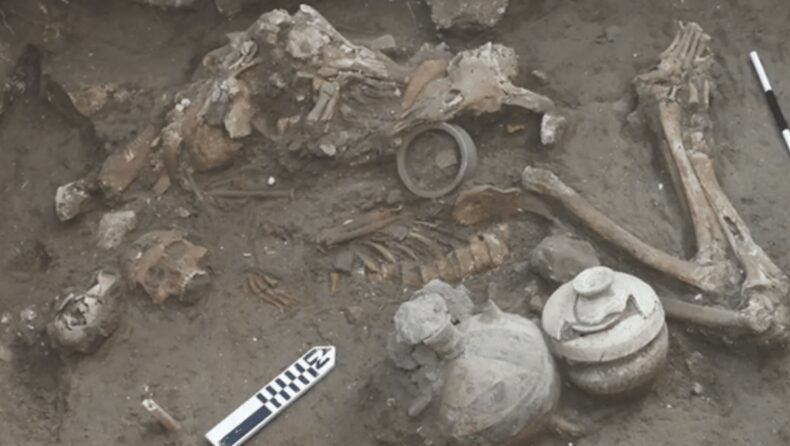The scientists concluded that the boys were royalty because ordinary citizens could not access sophisticated techniques.

Table of Contents
Scientists from Brown University allegedly confirm that brain surgery was performed thousands of years back in time. However, it is easier to think of physicians performing sophisticated brain surgery after precise scientific knowledge.
The historian claims that it was the earliest medical specialty in neurosurgery. Ancient Egyptian papyri discovered the concept of cerebrospinal fluid and the sewing of heads. Even the outlines of complicated neurosurgery procedures have been confirmed by the researcher.
The First Brain Surgery
Meanwhile, a team of scientist reported in the journal PLOS ONE that they had discovered evidence of angular notched trephination, a particular kind of brain surgery. The surgery was performed on a guy who lived in Israel more than 3,000 years ago.
This knowledge is remarkable in and of itself. In the 15th century BC, much before the discovery of morphine or antibiotics, still the mystery of how surgery could be performed in the absence of vital monitors, general anesthesia, and a conventional operating room.
The historians only presume that recent brain surgery can be performed without general anesthesia. The most significant benefit of learning about this old procedure is that it will help us to determine the development of medicine since the beginning of time.
Rachel Kalisher, a doctorate student at Brown University and the head of the team’s investigation, claimed that trephination had been a general surgery for thousands of years. However, we see it less frequently in the Near East. Only a few trephinations have been observed in this area.
Trephination
There are some significant distinctions between modern brain surgery and those practiced in the Neolithic Era of 10,000 BC. Mainly, a technique called ” trephination” was used to conduct cranial treatments.
Trephination refers to drilling a hole in the Skull to heal head injuries or relieve pain. In the past, this procedure would have been done with a stone instrument. The word trypan means “borer” or “auger” in Greek.
Although, a drilled hole was permanent because it was believed to be the solution. That is why researchers were able to identify trephination in their 15th-century BC individuals with such precision. A craniotomy is the modern equivalent of trephination.
However, unlike the ancient practice of trephination, surgeons who do craniotomies attempt to quickly replace the drilled portion of the Skull quickly. Craniotomies are typically rare surgery. Usually, aneurysms, brain tumors, or other conditions that require pressure relief in the brain are treated with these procedures.

The Crucial Discovery
One of two Skeletons was found with a square hole of 30 millimeters in diameter in the frontal bone of the Skull, together with excellent pottery and other priceless items In Tel Megiddo, Israel. According to the researchers, the square shape is fascinating since we don’t understand why certain trephination remains are triangular, while others are square, and others are circular.
These people were probably brothers, but one is believed to have passed away when he was a young man, maybe in his teen or early 20s. The other one likely passed away between the ages of 20 and 40.
Kalisher explained I am interested in examining every instance of trephination in antiquity in the scientific literature, contrasting and comparing the circumstances of each individual who underwent surgery.
In addition, it is remarkable that a high-status person would have required such an intrusive procedure in the 15th century. As a result, you have a better chance of surviving a severe disease than a non-elite individual.
The researchers considered what could have caused one of these wealthy brothers to undergo the horrific trephination process. Further investigation is ongoing to identify potential solutions. Yet, as Kalisher points out, one thing is clear. If the purpose of the angular notched trephination was to keep the boy alive, it failed. The team concluded that the patient passed away shortly after the operation.













